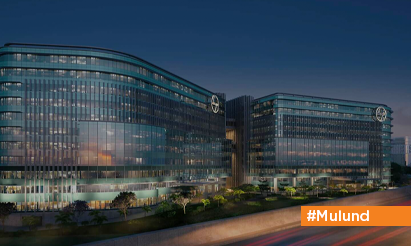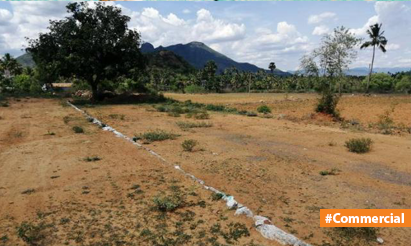All the commercial real estate you must know!
Understanding the basic terms used in the commercial real estate industry can make it easier for you to navigate your funding talks and demonstrate your expertise in the industry.
Here’s a rundown of the most important words, terminology, and morsels of knowledge to be aware of if you’re involved with commercial real estate finance in any manner.
Net Operating Income
Net operating income (NOI) is a crucial topic to understand if you want to succeed with your industrial real estate investments.The period refers to the earnings you make on an annual basis from a profit asset after all costs are taken into account.
(Rental Income + Other Income – Vacancy and Credit Losses) – Operating Expenses NOI = (Rental Income + Other Income – Vacancy and Credit Losses) – Operating Expenses
NOI is always determined before mortgage payments, depreciation, amortization, or capital expenditures are taken into account.
Return on Investment in Cash
The Cash on Cash Return (CoC) is one of the most basic and well-known measures used by commercial real estate investors.The ratio of an asset’s annual coins waft on the subject of the economic belongings’ down payment is measured using the CoC. The coin-on coin return, like NOI, is normally measured before taxes.
Annual Pre-Tax Cash Flow / Total Cash Invested = Cash on Cash Return
Return on Investment
The estimated benefit of an investment (called the return) divided by its cost is known as return on investment (ROI). Several factors influence your return on investment, including remodeling and maintenance expenditures, as well as the amount you borrowed to purchase your house. Due to its high-level measurement of an asset’s profitability, ROI is one of the most extensively utilized measures in commercial real estate. Simultaneously, the most educated investors will use increasingly complex indicators to assess profitability, allowing them to do so on a deeper, more precise level.
Return on Investment = (Current Asset Value – Investment Cost) / Investment Cost
Capitalization Rate
The capitalization rate, sometimes known as the “cap rate,” is the net operating income (NOI) divided by the current market value (or asking price, whichever is smaller) of an income property.Before factoring in mortgage finance, you may use a cap rate to assist you to figure out your potential return on investment.A low cap rate often entails a greater price tag but lower risk than a higher cap rate venture.
Net Operating Income / Asset Market Value = Cap Rate
Debt Coverage Ratio
The debt insurance ratio (DCR), also known as the debt carrier insurance ratio (DSCR), compares the NOI of a funding asset with its expected debt carrier.This ratio is used by lenders to determine whether or not you’ll be able to make enough money to pay off your obligations.A DCR of 1.15-1.35 times the NOI/annual debt carrier is required by most industrial creditors.
DCR = Debt Service / Net Operating Income
Disclaimer: The views expressed above are for informational purposes only based on industry reports and related news stories. PropertyPistol does not guarantee the accuracy, completeness, or reliability of the information and shall not be held responsible for any action taken based on the published information.




